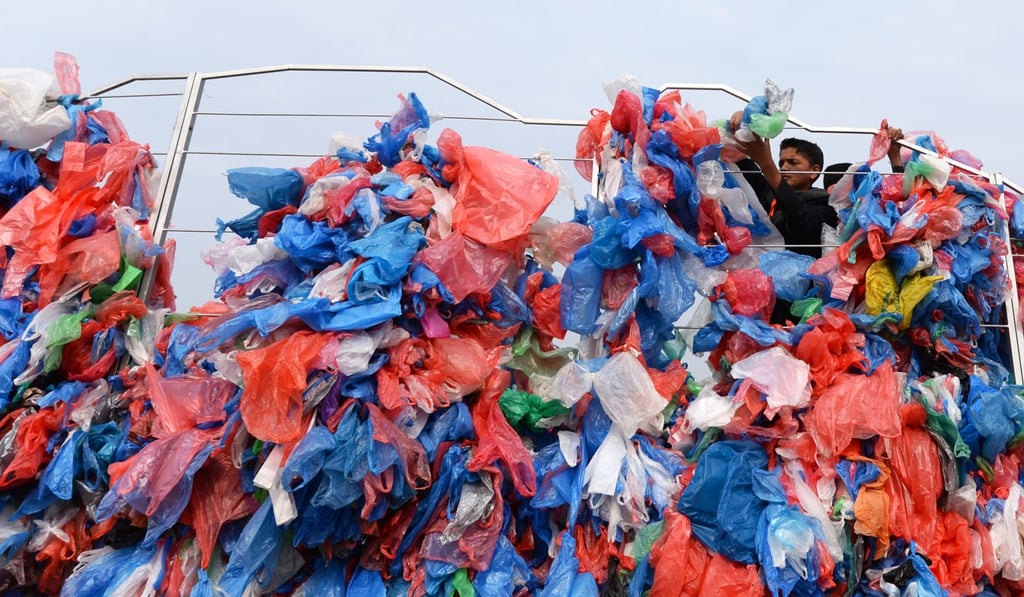Ceritalah | ‘Death by plastic’ for animals must spur Southeast Asia to tackle waste crisis
- Singapore, South Korea and Japan are potential models, where waste is either incinerated in waste-to-energy power plants or recycled
- It seems unlikely that we can do away with plastic, as petrochemical firms producing the materials are huge drivers of growth in the region

The animal is dead. It can be a fish, bird, mammal or reptile. An autopsy is conducted and inevitably reams of plastic are discovered in its stomach.
When I wake up every morning, I step into my bathroom and survey the shelves. There are rows of multicoloured plastic containers: toothpaste, hair conditioners, hand soap, creams and eye lotions. Since I’m always travelling, I also have stacks of those cheap, single-use shampoo sachets. Nowadays, I feel as if I’m a perpetrator and the killer of all those animals.
It’s easy to succumb to hopelessness due to the scale of it all. But let’s pause and get some perspective for a second.
Plastic is any synthetic or semi-synthetic organic polymer and typically produced from petrochemicals. And we’re talking about a lot more than single-use plastics.
According to the Society of the Plastics Industry, the majority of plastic produced and thrown away can be narrowed down to six categories.

